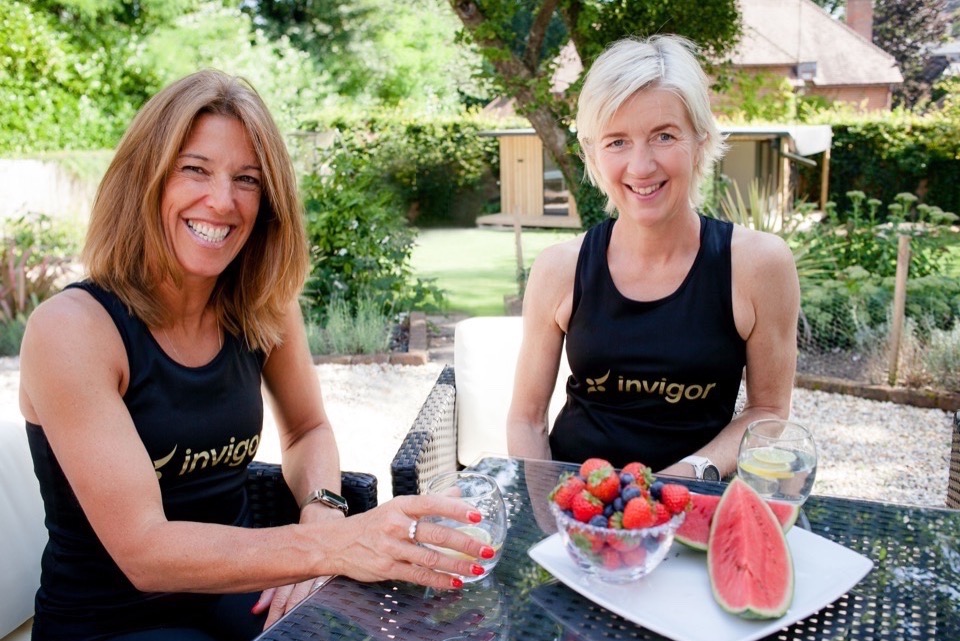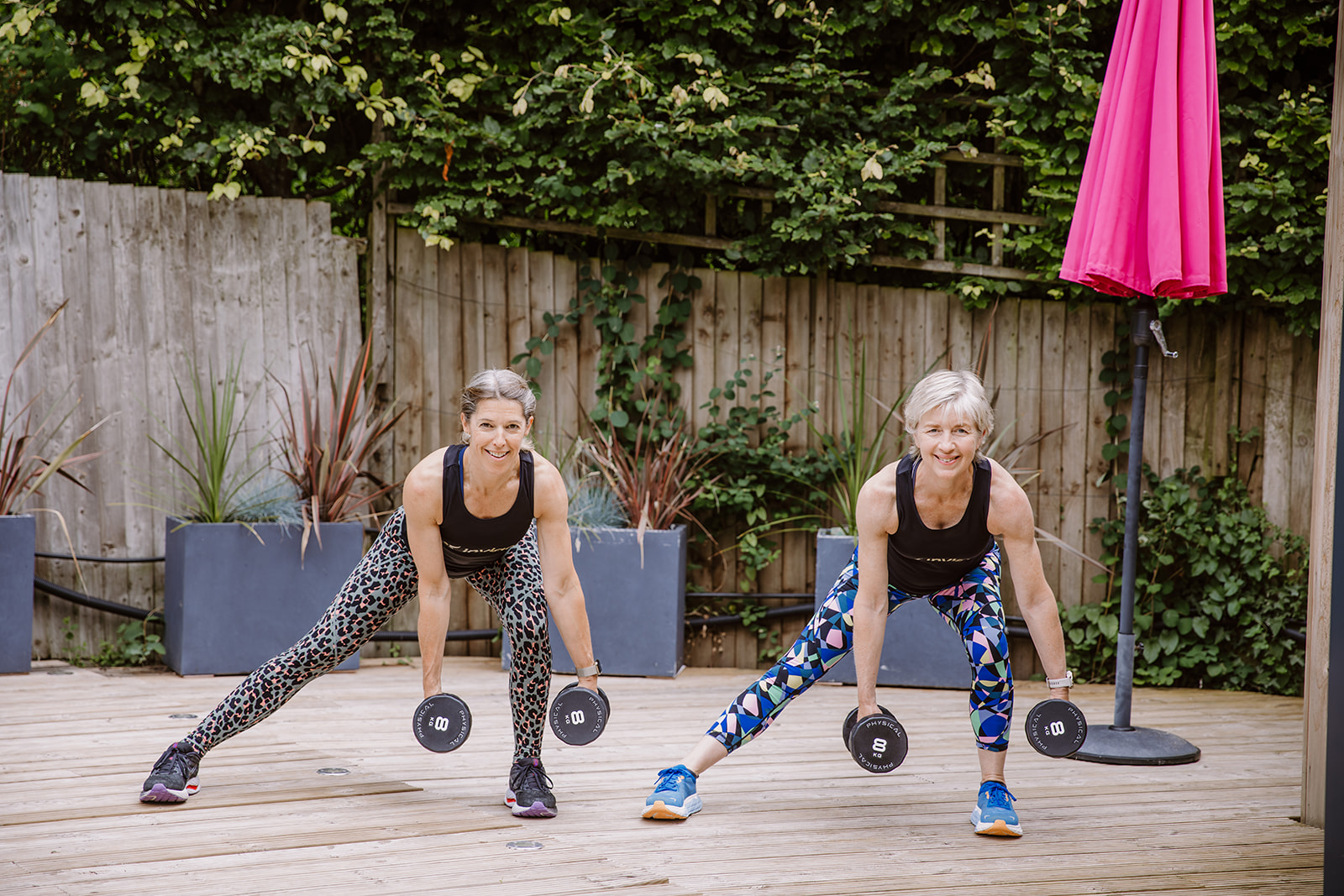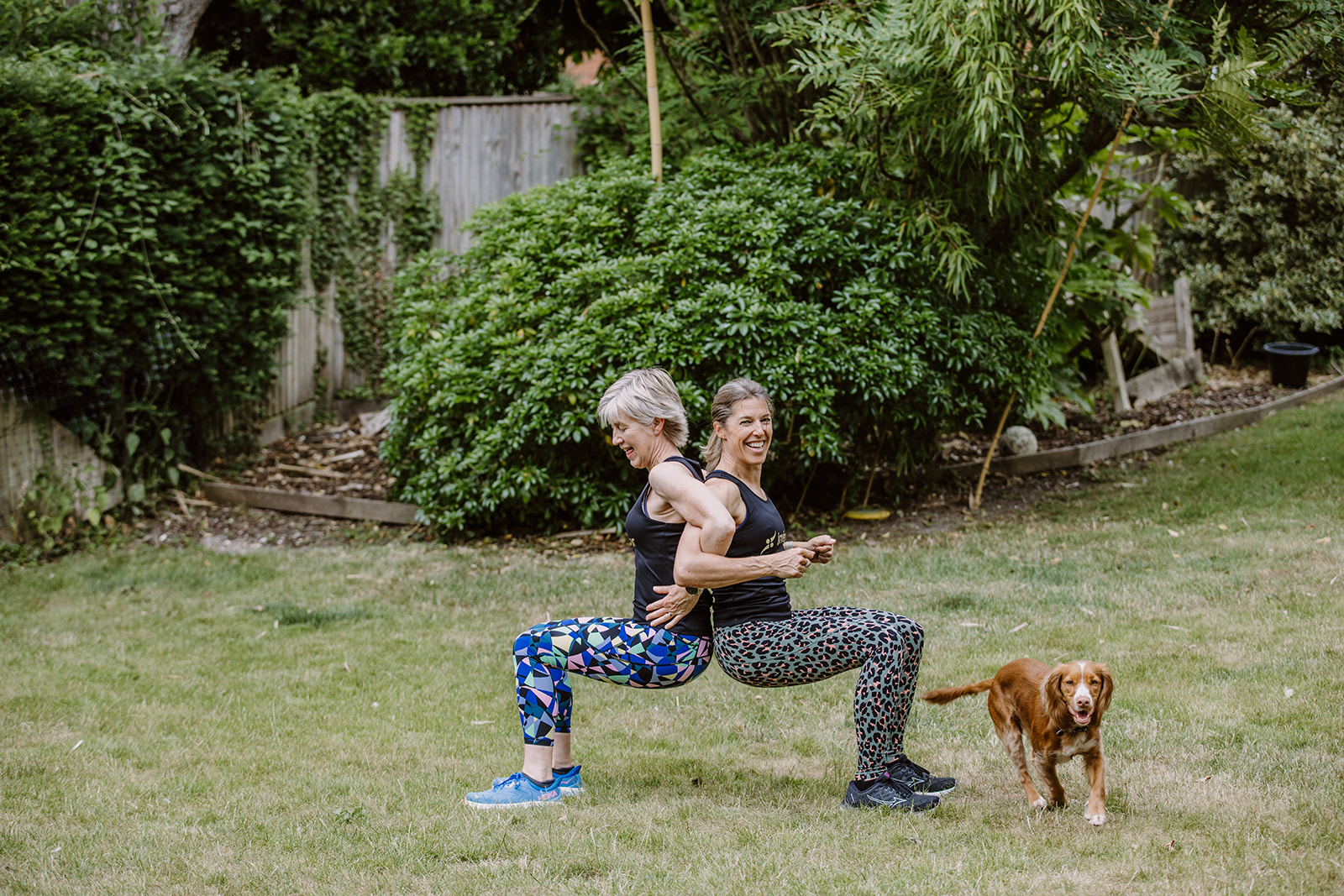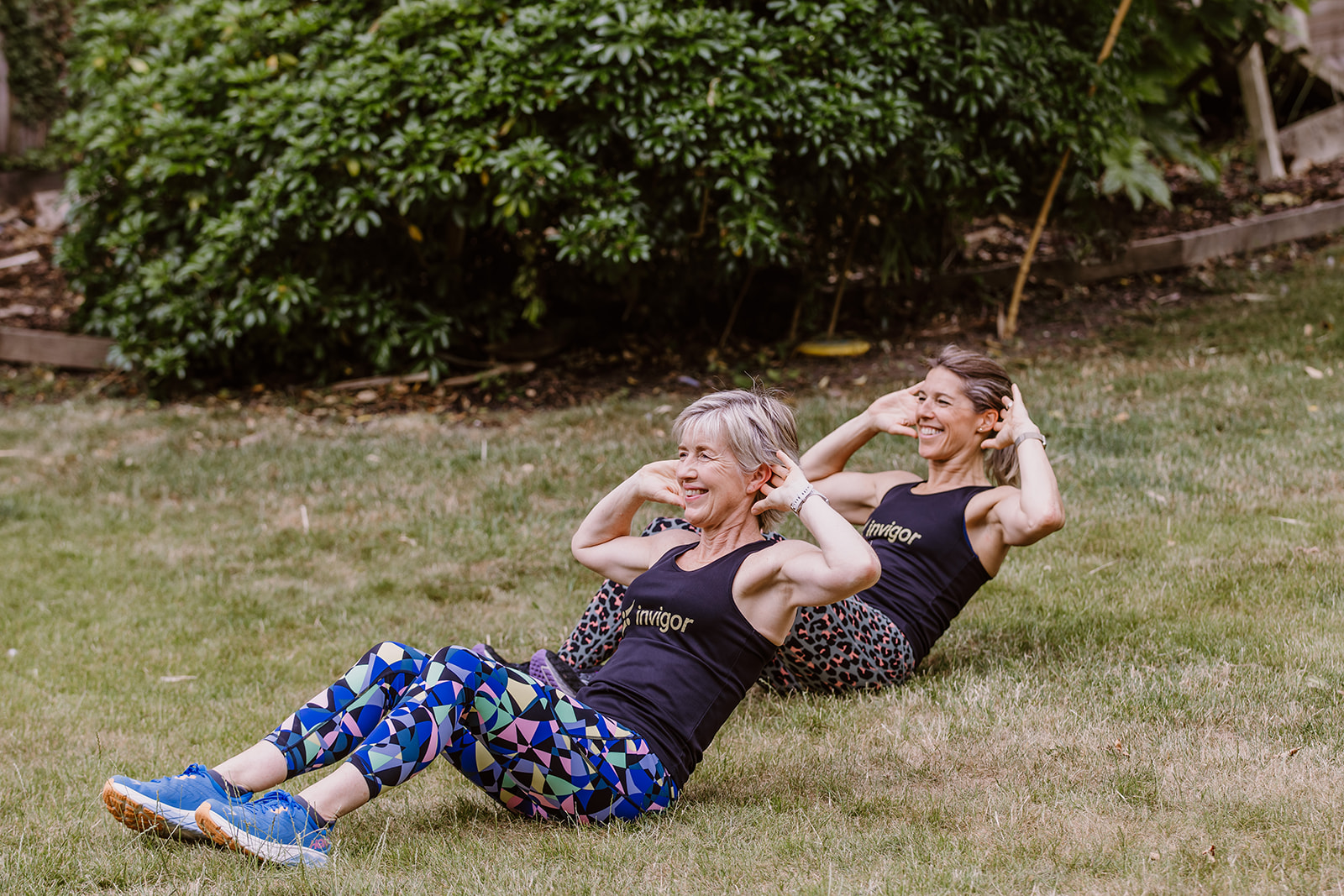When it comes to fitness over 50, there are countless myths and misconceptions that can discourage women from pursuing an active lifestyle. The good news? It’s never too late to prioritize your health and fitness. Let’s debunk some of the most common myths and replace them with science-backed advice to help you thrive.
Myth #1: “It’s Too Late to Start Exercising”
The Truth: Starting a fitness routine at any age is beneficial. Numerous studies show that regular exercise improves heart health, bone density, and muscle strength, even for beginners in their 50s or older. Consistent movement can enhance quality of life, reduce chronic pain, and increase energy levels.
What to Do: Begin with low-impact activities like walking, swimming, or yoga. Gradually incorporate strength training to build muscle and boost metabolism.
Myth #2: “Lifting Weights is Dangerous”
The Truth: Strength training is one of the most effective ways to maintain muscle mass, improve bone health, and enhance balance as you age. Proper form and gradual progression make it safe and effective.
What to Do: Start with light weights or resistance bands. Focus on compound movements like squats, rows, and presses that target multiple muscle groups. Consider working with a trainer to learn proper technique.
Myth #3: “Cardio is All You Need”
The Truth: While cardiovascular exercise is important for heart health and endurance, relying solely on cardio can neglect muscle strength and flexibility. A balanced fitness plan includes cardio, strength training, and mobility exercises.
What to Do: Aim for a mix of activities. For example:
- 30 minutes of brisk walking or cycling 3-4 times a week.
- Strength training sessions 2-3 times a week.
- Stretching or yoga for flexibility and relaxation.
Myth #4: “You Shouldn’t Push Yourself Too Hard”
The Truth: While overtraining is a concern, challenging your body is necessary for progress. Controlled, progressive overload (gradually increasing intensity) is key to improving fitness levels.
What to Do: Listen to your body, but don’t shy away from challenges. Start with manageable goals and increase intensity or duration as your fitness improves. Remember, rest days are part of the process.
Myth #5: “You Can’t Build Muscle After 50”
The Truth: Although muscle growth slows with age, it’s absolutely possible to gain strength and muscle mass with consistent resistance training. In fact, building muscle is essential for maintaining independence and preventing injuries.
What to Do: Prioritize protein-rich foods to support muscle repair and growth. Incorporate strength training exercises like deadlifts, push-ups, and lunges to build functional strength.
Myth #6: “High-Impact Exercises Should Be Avoided”
The Truth: High-impact exercises, when done correctly, can strengthen bones and improve agility. However, they’re not suitable for everyone, particularly those with joint issues or osteoporosis.
What to Do: If you’re comfortable and injury-free, include low-to-moderate impact activities like dancing, hiking, or tennis. For those with joint concerns, opt for low-impact alternatives like water aerobics or elliptical machines.
Myth #7: “You Need to Spend Hours Exercising”
The Truth: Quality matters more than quantity. Short, focused workouts can be just as effective as longer sessions. The key is consistency.
What to Do: Commit to 20-30 minutes of exercise most days of the week. High-intensity interval training (HIIT) or circuit training can maximize results in minimal time.
Myth #8: “Rest is More Important Than Exercise”
The Truth: Rest and recovery are crucial, but they should complement—not replace—exercise. Regular movement keeps joints healthy, improves circulation, and supports mental health.
What to Do: Strike a balance. Schedule rest days, but stay active with light stretching, walking, or mobility work.
Science-Backed Tips for Fitness Over 50
- Listen to Your Body: Pay attention to how you feel during and after exercise. Modify movements as needed.
- Fuel Your Body: Proper nutrition, hydration, and sleep are essential for recovery and performance.
- Stay Consistent: Even small, regular efforts add up over time.
- Make It Social: Join a group class or work out with friends to stay motivated.
- Celebrate Progress: Focus on improvements in strength, energy, and mood rather than numbers on a scale.
Final Thoughts
Don’t let myths hold you back from achieving your fitness goals. With the right mindset and approach, staying active over 50 can be empowering, enjoyable, and life-changing. Remember, the most important step is simply starting. Your body—and future self—will thank you.




